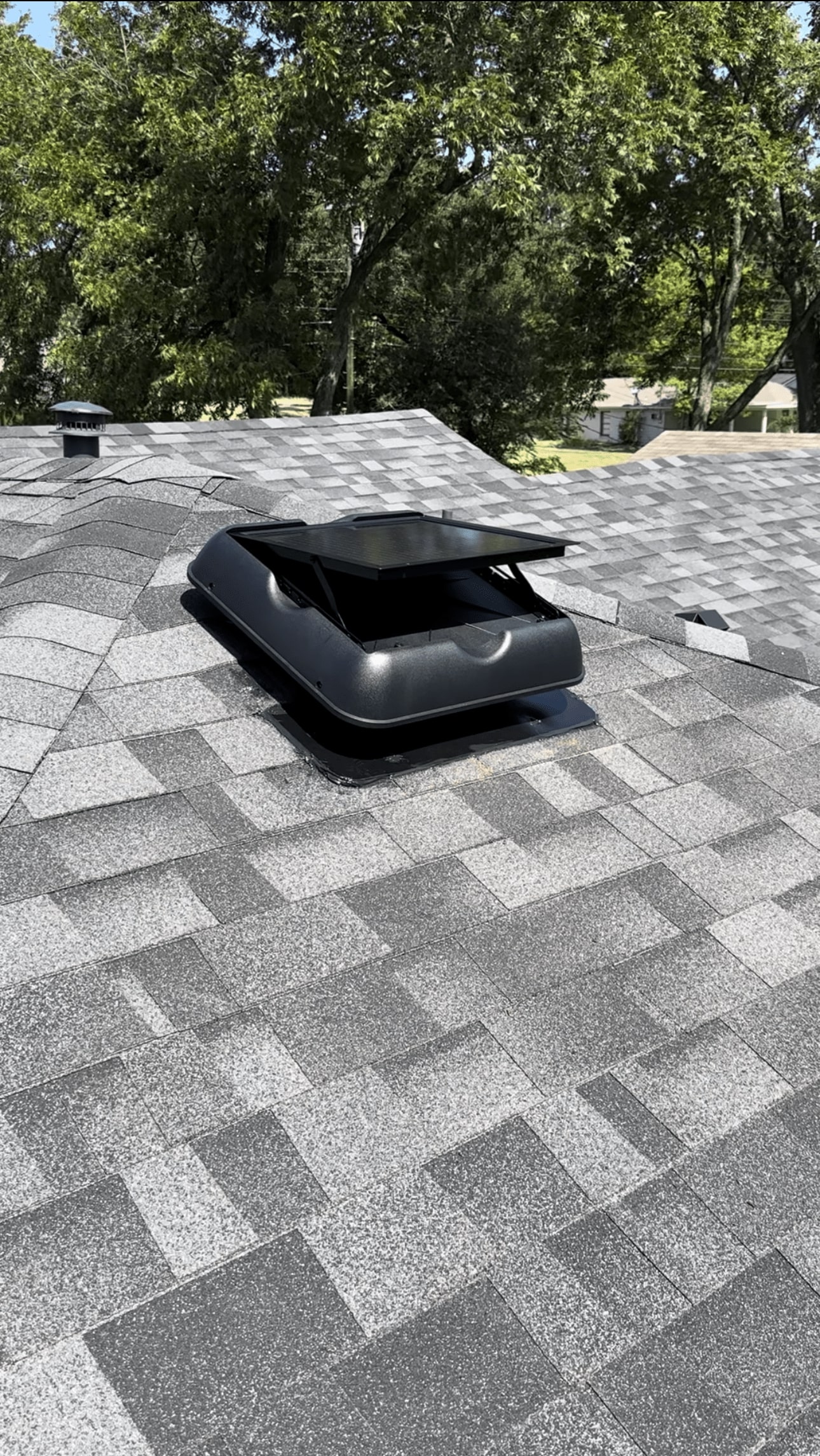Examine This Report on Green Attics
Examine This Report on Green Attics
Blog Article
Not known Details About Green Attics
Table of ContentsThe Ultimate Guide To Green AtticsNot known Facts About Green AtticsAbout Green AtticsExamine This Report about Green Attics10 Easy Facts About Green Attics DescribedSome Known Details About Green Attics
Posted by Service Champions A/c BlogWhen you turn on your home heating, you want it to stay inside your home - HVAC installation. Powering up the heating causes the heat to increase straight up right into your attic. It's after that approximately your attic room insulation to do its work and obstruct the heat from running awaySo, it's apparent that you require to invest your money and time into shielding your home, yet what attic insulators are around for you to pick from? Which attic room insulation is finest? And what are the possible risks of each of them? This short article will certainly lay out the 4 types of attic insulation you can pick from, plus study the advantages and disadvantages of each.

The smart Trick of Green Attics That Nobody is Discussing
Batts are large, rolled up sheets of product which are merged along with a chemical vapor. This vapor serves as an adhesive. Why is fiberglass batt insulation so popular? It's several benefits include: In its entirety, fiberglass is significantly environment-friendly. The fiberglass itself is developed from sand which is then become glass, which counts as a renewable resource source.
Fiberglass batt insulation seldom shrinks or breaks down. This is because of the air pockets that occur in manufacturing. Installation is straightforward. As a matter of fact, it's so uncomplicated that many house owners choose do it yourself setup. If you follow this course, you would certainly be dodging an installment cost. Fiberglass batt insulation is additionally soundproof, helping in reducing exterior noises and maintain inner sound inside the property.

Green Attics Things To Know Before You Get This
If moisture is taken in by the fiberglass batt insulation, it can breed harmful mold and mildew. Rats and other undesirable visitors love fiberglass batt insulation, and typically make it their home. Rodent infestations are an actual possibility. If you like the concept of fiberglass yet aren't crazy about using batts, after that blown-in fiberglass may be the method ahead for you.
When making use of the blown-in method, it loads the attic room much better, guaranteeing it's air-tight. Consequently, it fills up any splits or voids, even in unpleasant spaces. This lowers the quantity of hot air getting away and cool air getting in. It additionally traps audio. The blown-in circulation technique is much quicker. It takes an issue of hours to get your attic insulation up and running.
After the insulation has resolved, it's confirmed that the R-Value reduces. It requires extra maintenance than various other kinds of attic room insulation on our checklist. Should the insulation get damp, eliminating the insulation isn't as simple as eliminating fiberglass batts. You'll need to select it all up, while wearing gloves, and remove it gradually.
This attic room insulation is additionally blown-in utilizing a blowing maker, nonetheless the material made use of is various. Boric acid and other materials are used to flame-proof the attic room insulation.
Little Known Facts About Green Attics.
(https://myanimelist.net/profile/greenatt1cs)
Is blown-in cellulose insulation worth it? The boric acid and other compounds assist to fire evidence the insulation and reduce the spread of fires.
Blown-in cellulose insulation has an R-Value that is 23 percent greater than fiberglass batts. Cellulose also aids minimize wind-washing. What are the disadvantages of setting up blown-in cellulose insulation in your attic room? Here are the negative aspects: Cellulose is environment-friendly, however the additional substances that are added are not. Boron is called for to develop boric acid, and the mining process that mines boron is unsafe to the environment.
Rectifying this situation can be labor and time extensive, as you'll require to select up the insulation bit by bit, instead than in one roll. The last type of attic room insulation is spray foam insulation.
Excitement About Green Attics
Unlike all the other sorts of attic room insulation, spray foam insulation is the only kind to come as a liquid. After being sprayed, it enlarges and expands, and after that sets as a durable foam. This foam slides neatly into any voids, locking closed, and cuts off any escape routes for your home heating.
What are the downsides of spray foam insulation?: The upfront payment for spray foam insulation is greater than the other kinds of attic room insulation on our list. It's worth thinking about that, due to high levels of energy performance, look here it'll likely stabilize out or even end up being more affordable in the long-run to maintain your home cozy.

More About Green Attics
Fantastic care requires to be taken around the foam, and you'll require to put on safety glasses, a mask, and a respirator. With 4 kinds of attic room insulation and their pros and cons, you're now able to make an educated decision, understanding the benefits and downsides to each. That's why I can state with confidence that the ideal method to insulate my attic is with cost-effective cellulose or fiberglass insulation used over a closed attic room floor.
Report this page